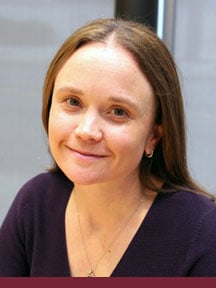If it hasn’t happened already, then at some point it will: you’ll come face-to-face with a midterm or final exam.
Hopefully, you worked hard to prepare, learning the material inside and out, up and down. Then, once you take the test, you most likely breathe a sigh of relief and move on.
Exams are a fundamental part of college in general. But the University’s process for developing exams is probably different from what you experienced in other college courses. When all is said and done, exam development is not a simple process. Each day, you can find a team of people hard at work behind the scenes, dedicated to ensuring that every exam is fair and carefully developed.
Here’s what goes into the course exam you just took.
It Takes a Village
Exams at TESU are a collaborative effort by a team of mentors, assessment development specialists, instructional designers and technical staff. This means that your mentor may not have been involved in the development of your exams.
To ensure mentors don’t inadvertently give their classes exams with different content or difficulty levels, the exam development team creates a pool of questions that are similar in content coverage and difficulty. Each student is presented a unique exam from this set of questions. So, while all students taking the course are being tested on the same content, you will see different questions — or see them in a different order — than your classmates.
Step 1: Identify the Key Material
To create a new assessment, the development team identifies the most important subject material that students should take away from a course. They explore a variety of goal-oriented questions, such as:
What should students be able to do with this subject knowledge?
What important definitions and concepts must be addressed?
What theories require more analysis?
How can students apply the courses’ concepts to solve a real-life problem?
Step 2: Create an Exam Blueprint
Once these goals are set, an assessment development specialist and mentor will develop a list of specific tasks that students must be able to do during an assessment. For example, “describe,” “summarize,” “contrast” or “evaluate” a particular concept or theory. This list creates an “exam blueprint” that maps out exactly the kind of questions and amount of questions that will be on the exam. It also guides the rest of the development process, including the exam study guide you see on your course’s website.
Step 3: Develop the Questions and Essays
When it’s time to develop the content of the exam, mentors write and contribute a list of questions, while some questions are gathered from testing banks. Every question is reviewed multiple times by assessment development specialists and, sometimes, other subject matter experts. They ensure that each question is clear and direct, and cannot be deemed “tricky.” They confirm that the material students are tested on is the material they studied in their course modules. So it’s important that each question aligns with the tasks and goals outlined in the exam blueprint.
Step 4: Assemble the Exam
After the content is developed, an assessment development specialist uses the blueprint to assemble the exam. They are responsible for providing clear directions for multiple choice and essay questions. They also add introductory and feedback screens to the exam, set time limits and add score guides to essay questions. As a further precaution, a second assessment development specialist reviews each element. Once completed, the technical staff links the completed exam to the course website and makes it available during exam week.
Step 5: Grading
After you take the exam, a mentor grades the essays and any open-ended questions. Your feedback and scores are then entered into the grade book.
But the process doesn’t end there. Long after you have finished the test, the assessment development team’s work isn’t done. They regularly continue to gather data on exam questions to ensure they are working correctly for the next test taker.

Written by Elizabeth Gehrig
